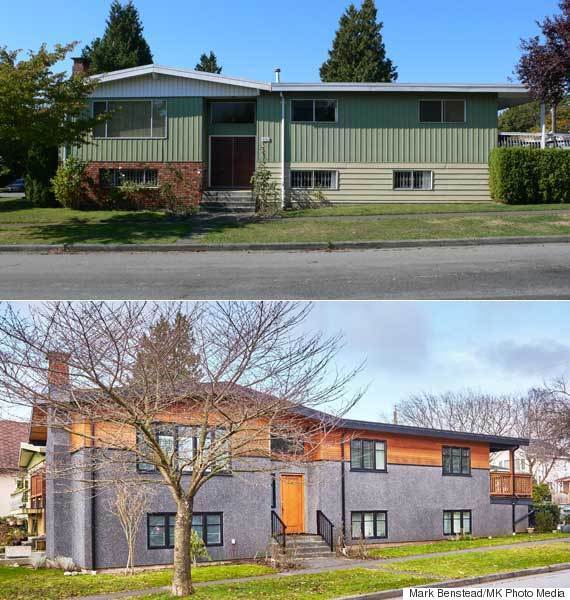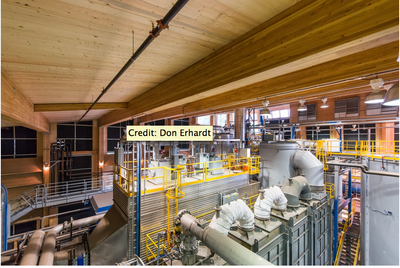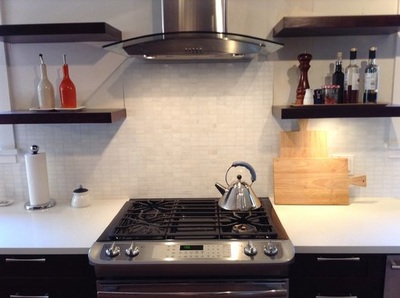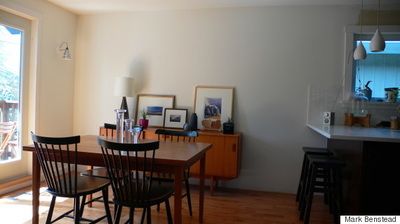|
The good side of our business growing and doing so well is: - that we are growing and doing very well. The bad side is: - we are producing a lot of waste! We try to limit waste in every possible way but the reality is that you cannot eliminate it completely. A big part of our growing pains is the waste we are producing. We are producing about 800 kg of woodworking waste per week (yes, that's right!) Previously it was being hauled off by one of the commercial garbage pick -up companies and taken to the municipal garbage dump. For months now, we have been looking for ways to ensure that we lessen the impact of our operations on the environment. And that is when we came upon Cloverdale Fuels. Their primary business revolves around the transport, disposal and sale of wood by-products. These products include: sawdust, shavings, hogged fuel, bark mulch, bark nuggets, mill-ends, wood-chips, pulp-chips, and pole-peelings. And just recently Cloverdale Fuels partnered up with the UBC Bioenergy Research & Demonstration Facility. This facility is the first demonstration of its kind in the world of a community-scale heat and power system fuelled by biomass. The system provides heat and power to The University of British Columbia’s Vancouver campus. Energy produced and emissions reduced In Thermal Mode (heat only), the facility generates up to 20,000 pounds per hour of steam, approximately 25 per cent of UBC’s base requirement. It eliminates 9,000 tonnes of UBC’s greenhouse gas emissions (GHGs), the equivalent to taking 1,882 cars off the road each year. In Demonstration Mode (combined power and heat), the system generates approximately two megawatts of electricity, enough to power the nearby 1,600-bed Marine Drive Student Residence. It also produces 9,600 pounds per hour of steam, approximately 12 per cent of UBC’s base requirement. It reduces UBC’s GHGs by 5,000 tonnes per year, equivalent to removing 1,000 cars from the road each year. We are proud to be a small part in the bigger scheme of going green.
0 Comments
 http://www.huffingtonpost.ca/2015/04/11/vancouver-special_n_7029246.html The first time Anita laid eyes on the boxy B.C. design known as a Vancouver Special, she was far from impressed. "When my brother and I saw this house for the first time, we were teenagers, so we had a very teenage reaction to it," she said, recalling their move in the late '80s from Montreal to Vancouver. "We really did think it was really ugly. I thought it looked like a mobile home." But her parents loved how spacious the house was, featuring a large rec room on the ground floor, and kitchen upstairs. Decades later, Anita's husband Mark, who grew up in England and France amid century-old houses and striking castles, had his own reaction to such a design. "I had never seen anything like it," he told The Huffington Post B.C. in an interview. "It wasn’t that it was terrible. It was unusual, I guess." The utilitarian Vancouver Special, hatched in the '60s, was designed to meet the growing need for family housing. Its distinctive low-pitched roof and metal railing balcony continue to be mainstays of the city's architecture. Anita and Mark, who asked to withhold their last names for privacy reasons, spent several years deciding on what to do with the 1974 house after Anita's parents passed away. Faced with Vancouver's incredibly expensive real estate market, the couple ultimately chose to buy out Anita's brother (who had inherited the home with her) and renovate the Marpole property. They had good bones to work with. While Vancouver Specials are not handsome, they are largely well made. Anita's father also kept meticulous repair records and maintained the house through the years, giving them a "degree of safety" compared to taking on a property with an unknown history. With a $350,000 contractor budget, the couple set out to take some of the "specialness" out of the house and insert their own aesthetics and energy into the space. Out went the aluminum cladding and railing, the harvest yellow and avocado green bathroom, and a bedroom wall that contributed to the characteristically dark corridors that run down the middle of Vancouver Specials. Mark's parents, who built and renovated homes in England and France, helped replace the wall-to-wall carpeting with solid oak floors. Mark rebuilt the stairs and fireplace. But the biggest project was turning the rec room where Anita and her brother played ping pong into an 850 sq.-ft. rental suite. They gained extra living space by extending one basement wall into part of the deck. It was stripped down to the studs and built into a bright open-plan unit with two bedrooms, one bathroom, and a patio. "The rental suite was essential to the renovation plan: it made sense to break up the house into two usable suites instead of having 3,100 sq. ft. all to ourselves. And of course, the rental income allowed us to justify the renovation costs," said Mark, who is a web developer. They also turned a massive asphalt strip — "you could put six small cars on that driveway" — into green space. |
|












